A 23-page filing made in February and published this week represents more of a brainstorming exercise than a specific plan, providing examples of over a half dozen potential docking interfaces ranging from cavity-oriented designs to those configured like an easel.
The objective behind each of the designs is to allow for positioning of the tablet in a variety of orientations — such as landscape and portrait — while also delivering improved techniques for both transferring data and powering the device through the docking station.
The docking station would also provide a platform for quickly and easily coupling of the tablet to another system, monitor, or keyboard, in such a way that the user does not have to separately connect each of peripherals to the tablet itself.
Another focus of the filing is to present examples on ways in which the docking station can charge the tablet while still freeing the user to manipulate and change the orientation of the device at his or her will.
One mechanical approach would have the docking station include a circular metal recess and the tablet include a circular protrusion that could be inserted into the circular recess, thereby maintaining a electrical connection while offering the user 360 degree flexibility.
Alternatively, Apple proposes the idea that the two components could each sport planar surfaces, and therefore relying exclusively on an inductance-based system for power and data transfers, or a combination of an inductance-based system and popular wireless technologies.
"With regards to non-contact platforms, inductive coils can be placed in each device to transfer both power and data," the company said.. "The inductive coils are typically hidden from view behind the housings of each device and therefore they are more aesthetically pleasing than electrical contacts, which need to be exposed in order to operate effectively. Furthermore, inductively based systems are more robust than electrical contacts. For example, there are no contacts to wear out and/or oxidize."
"In inductive based systems, the docking station includes the primary coil and the portable electronic device includes the secondary coil," Apple continued. "In wireless systems, both the docking station and the portable electronic device include their own transceiver that both transmits and receives data."
In one implementation, both data and power could be transferred via the inductance-based system. For example, low frequency electrical current may be passed from the primary coil to the secondary coil in order to power or charge the portable electronic device and high frequency current may be passed from one coil to the other in order to send/receive data.
"The data and power inductors may be separate, integral or they may be superimposed on one another," Apple added. "In another implementation, power is transferred via an inductance-based system and data is transferred via a wireless system. The combination of inductance and wireless provides an efficient way to transfer both power and data while keeping both the docking station and portable electronic device fully enclosed."
According to the filing, in small handheld computing device such as cell phones, PDAs or media players, the inductive coils are generally configured to transmit between about 3-5 Watts of power. On the other hand, larger handheld computing devices such as Tablet PCs would have inductive coils that are generally configured to transmit between about 15-25 Watts of power.
"One advantage of planar like electronic devices is that larger inductive coils may be used, spread across the planar surface," Apple said.
The filing, which is reminiscent of some filed last year, is credited to Apple employees Steve Hotelling and Gus Pabon.
 Slash Lane
Slash Lane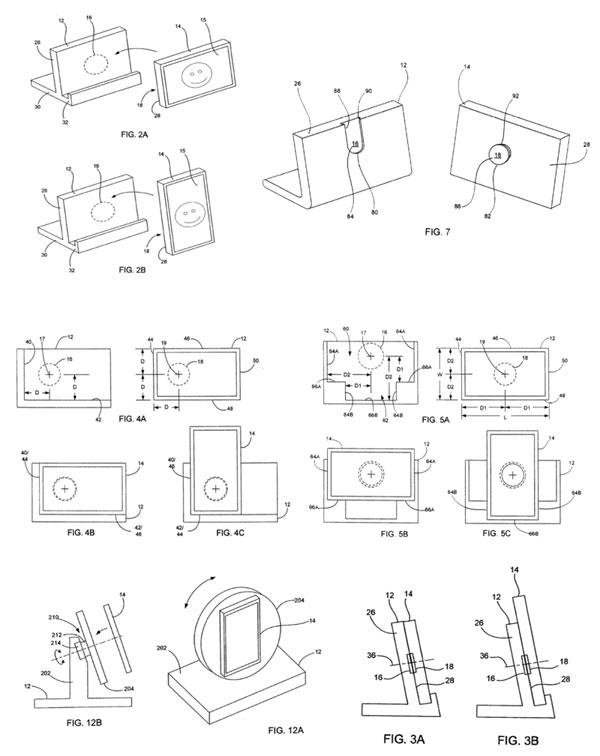







-m.jpg)





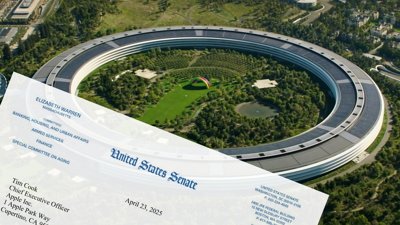
 Wesley Hilliard
Wesley Hilliard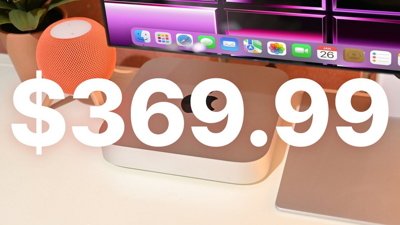
 Christine McKee
Christine McKee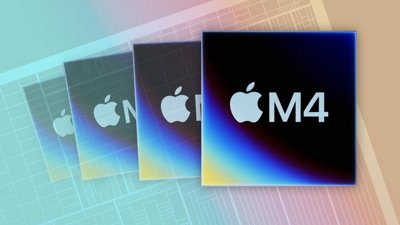
 Malcolm Owen
Malcolm Owen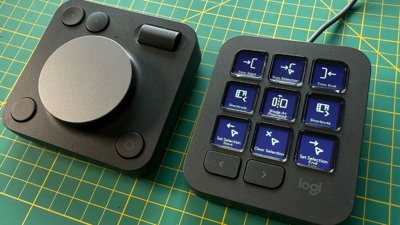
 William Gallagher
William Gallagher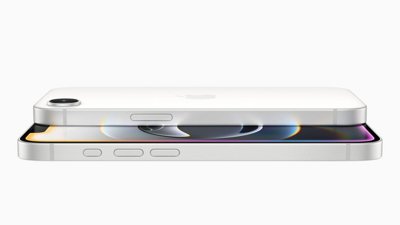
 Andrew Orr
Andrew Orr






-m.jpg)




35 Comments
I hope we see inductance used. Apple have been barking up that tree for a while now, and it's simplicity is befitting the company.
A couple of magnets to attract the device to the correct position (and also give it a 'feel' ) would be nice.
Would be good for in-car use, (entertainment/navigation etc) a market I'm fairly confident apple will be aggressively targeting with a multi function device slightly larger than the iphone at some point.
...and, cue Ireland..
Please let 2009 be the year of the tablet.
...and, cue Ireland..
Oh what I would give to have a Macbook docking station...